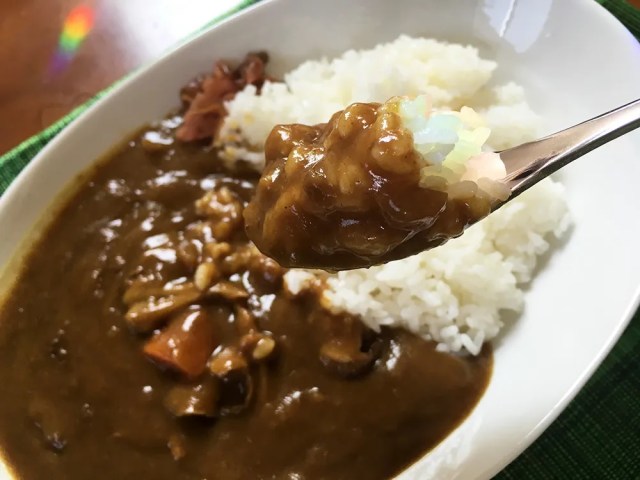Cost to cook curry rice rises to highest in 10 years, puts pinch on Japan’s budget-friendly food

One of Japanese home chefs go-to cheap meals isn’t as cheap as it used to be.
Curry rice is one of the absolute all-stars of Japanese cuisine, and it earned that status by being a friend not only to your taste buds but to your wallet too. If you’re looking to stretch your budget, whipping up a big pot of curry roux with various veggies and meat is an easy way to have a couple of filling, fortifying meals ready for the next few days without spending a lot of money on the ingredients.
But curry rice’s budget-friendliness has been eroding recently, as shown in the results of a study by economic trend research firm Teikoku Data Bank. Looking through retail price statistics published by the Japanese government’s Ministry of Internal Affairs and Communications, Teikoku calculated that the cost of cooking curry rice at home has recently risen to its highest price in 10 years.
The cost of six ingredients were included in the calculation: rice, curry roux (half a block for a single-person serving), carrots, potatoes, imported beef, and cooking oil. The study also included the cost of water and electricity used for cooking rice in a rice cooker, but does not appear to have factored in gas/electricity costs for cooking the roux, vegetables and meat.
Based on June retail statistics for the Tokyo area, the researchers arrived at 329 yen (US$2.22) as the cost for cooking a serving of curry rice for one person, a 10-percent increase compared to the cost for the same ingredients/utilities in June of 2023, broken down as:
● Meat and vegetables: 203 yen (20 yen more than prices in June 2023)
● Rice: 97 yen (8 yen more than June 2023
● Curry roux: 25 yen (1 yen more than June 2023)
● Water/electricity: 4 yen (same as June 2023)

So what’s behind these rising prices? In the case of the meat, the weak yen is largely to blame. For decades, domestic Japanese beef producers have focused on producing premium-priced meat, meaning that imported beef is more affordable option. The weak yen means shoppers in Japan are having to pay more for this imported beef, while Japanese beef hasn’t come down at all in price and is still cost prohibitive for most home cooks to regularly use. For rice, on the other hand, Japanese shoppers overwhelmingly buy from domestic producers, but high temperatures in Japan during the rice-growing season last year led to lower yields, which in turn have led to higher prices.
Because of its widely loved taste and how easy it is to make a large batch all at once and reheat leftovers, curry rice is especially popular with families with children and also singles living alone who don’t have time to cook every day. So while a 30-yen increase in the per-person curry rice price from 299 to 329 yen might not seem like much when viewed by itself, that 10-percent increase in price can have a big effect when you’re talking about something that accounts for multiple meals in a typical Japanese household every month, and Teikoku Data Bank expects the price to rise even higher, to roughly 340 yen, when it finished crunching the numbers for July.
Source: Mainichi Shimbun via Livedoor News via Jin
Photos ©SoraNews24
● Want to hear about SoraNews24’s latest articles as soon as they’re published? Follow us on Facebook and Twitter!
Credit:

0 comments: